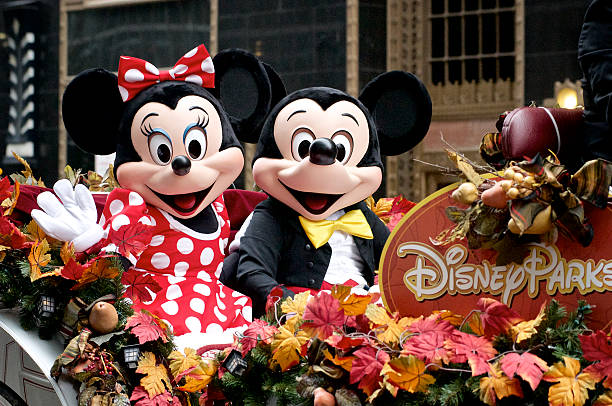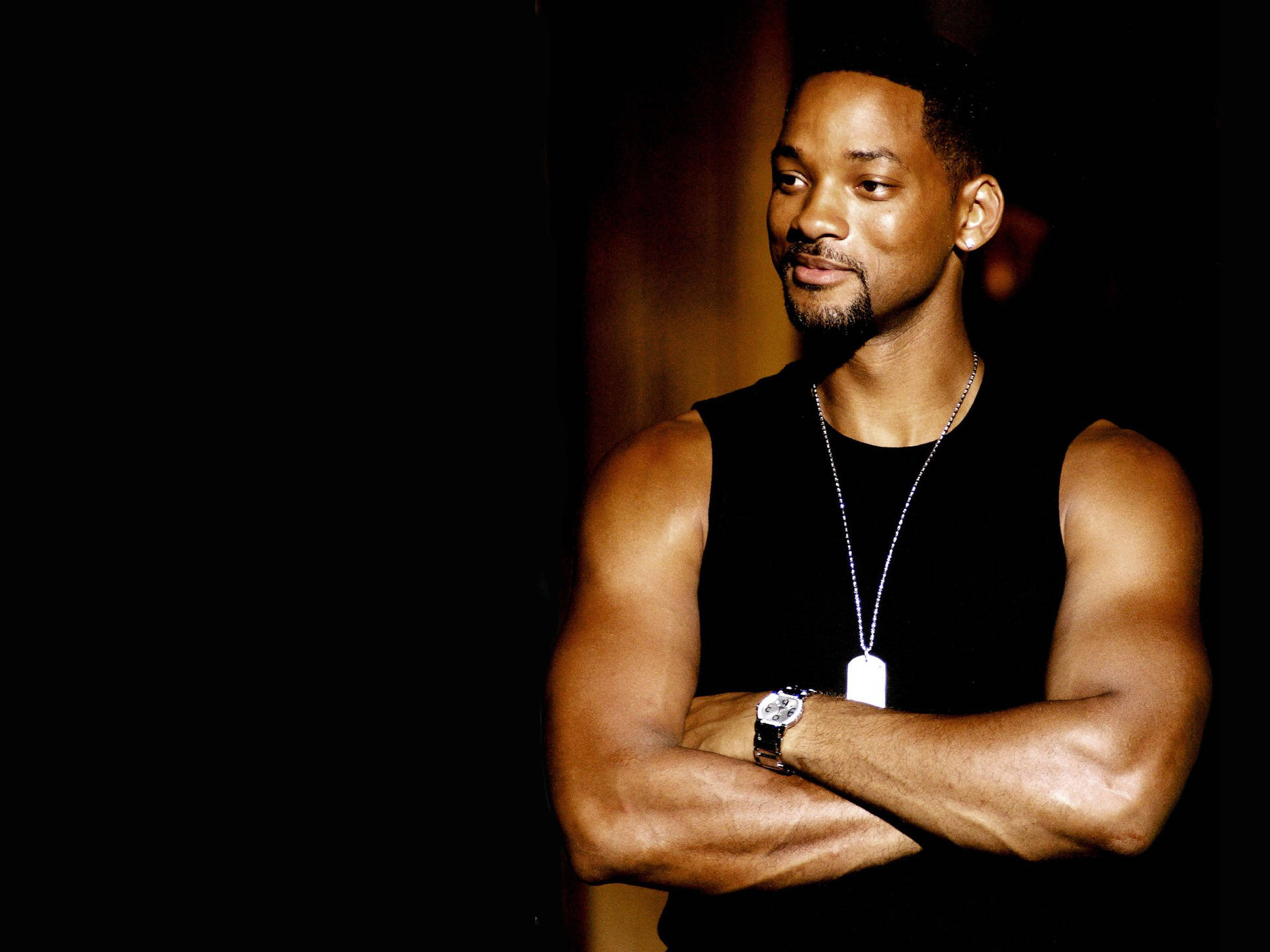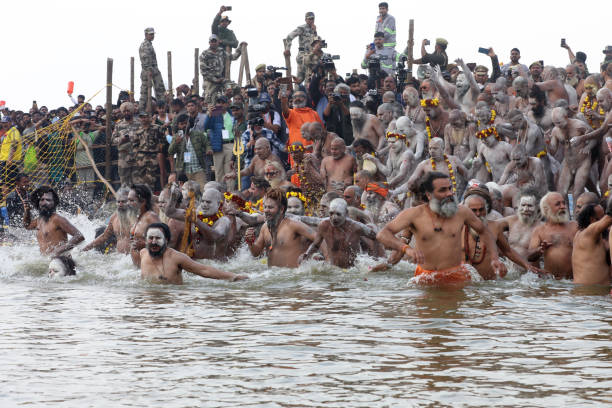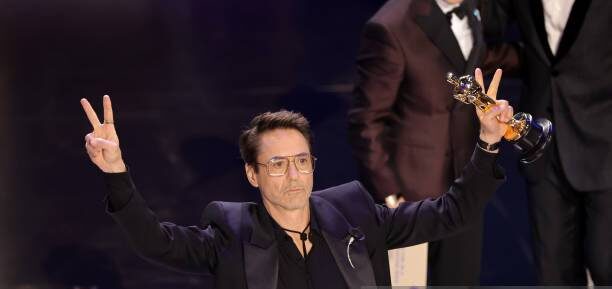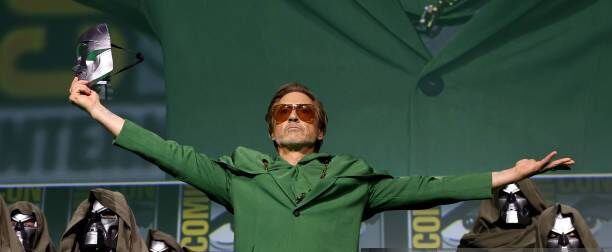Walt Disney : The Visionary Who Transformed Entertainment
Walt Disney: The Visionary Behind the Magic Kingdom
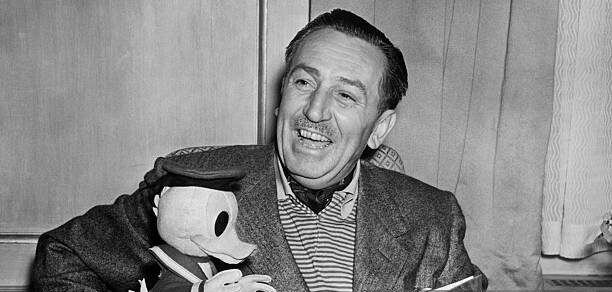
You May Like : Elon Musk Net Worth And Life Journey
Walt Disney is one of the most influential figures in the entertainment industry. His creativity, innovation, and entrepreneurial spirit revolutionized animation and theme parks, leaving behind a legacy that continues to inspire generations. From humble beginnings to building a global empire, his journey is a testament to passion and perseverance. This article explores his life, career milestones, and lasting impact on the world.
Early Life and Background of Walt Disney
Walter Elias Disney was born on December 5, 1901, in Chicago, Illinois. Raised in a modest household, his passion for drawing and storytelling was evident from a young age. His early years were spent in Marceline, Missouri, where he developed a love for art and nature. Encouraged by his family, his artistic skills were nurtured.
During high school, he attended the Chicago Academy of Fine Arts, where his formal training in art began. His early career saw him working as a commercial illustrator and later as an animator in Kansas City. The failures of his first ventures did not deter him, as his resilience and vision propelled him forward.
The Birth of Disney Studios of Walt Disney
In 1923, Walt Disney moved to Hollywood with dreams of making it big in the film industry. Along with his brother, Roy Disney, he founded the Disney Brothers Studio, which later became The Walt Disney Company. His first major creation was Oswald the Lucky Rabbit, but rights to the character were lost in a dispute with Universal Pictures.
Determined to create something original, Mickey Mouse was born in 1928. The character made its debut in Steamboat Willie, one of the first synchronized sound cartoons. The success of Mickey Mouse led to a revolution in animation and established Disney as a pioneer in the industry.
Major Milestones and Innovations
The Golden Age of Animation
Walt Disney’s vision was not limited to short cartoons. He aspired to create full-length animated films, an idea met with skepticism. However, his determination led to the production of Snow White and the Seven Dwarfs (1937), the first-ever animated feature film.
Following this success, Disney Studios released classics such as:
- Pinocchio (1940)
- Fantasia (1940)
- Dumbo (1941)
- Bambi (1942)
These films pushed the boundaries of animation.
The Expansion into Theme Parks
Walt Disney envisioned a place where families could experience the magic of his creations. This vision led to the opening of Disneyland in 1955 in Anaheim, California. The park introduced a new era of entertainment, combining storytelling with immersive experiences. Disneyland’s success inspired the creation of Walt Disney World, a larger theme park in Florida. Though Walt Disney passed away before its completion, his dream was realized in 1971 when the park opened to the public.
Legacy and Cultural Impact
Walt Disney’s influence extends far beyond animation and theme parks. His company became a global entertainment powerhouse, expanding into television, merchandise, and live-action films. The creation of Disney Channel, acquisitions of Marvel, Pixar, and Lucasfilm, and the launch of Disney+ showcase the empire built on his legacy.His contributions to the entertainment industry earned him 22 Academy Awards, the most by any individual. His impact on popular culture remains unmatched, with Disney characters, films, and theme parks continuing to captivate audiences worldwide.
Conclusion
Walt Disney’s life exemplifies creativity, perseverance, and innovation. His legacy continues to inspire artists, entrepreneurs, and dreamers. His vision transformed entertainment and made dreams come true for millions.
If you wanna know more about visionaries like this, we’ve got it covered!
